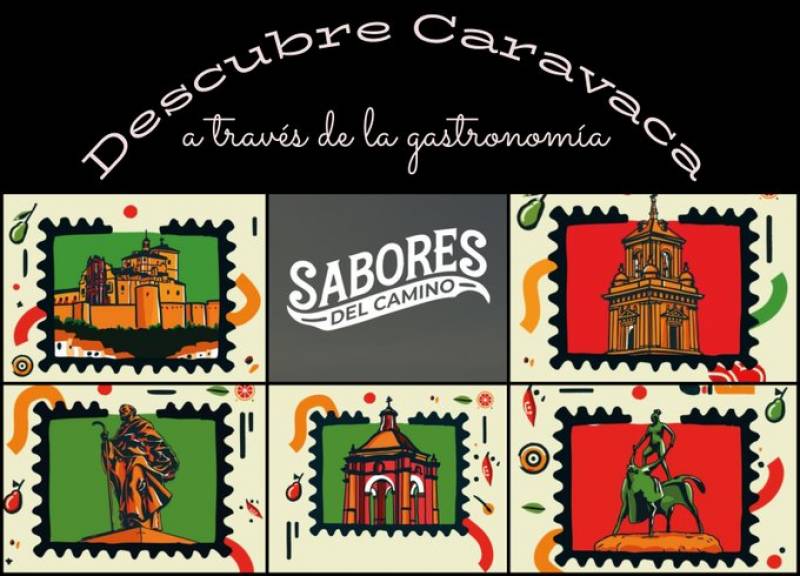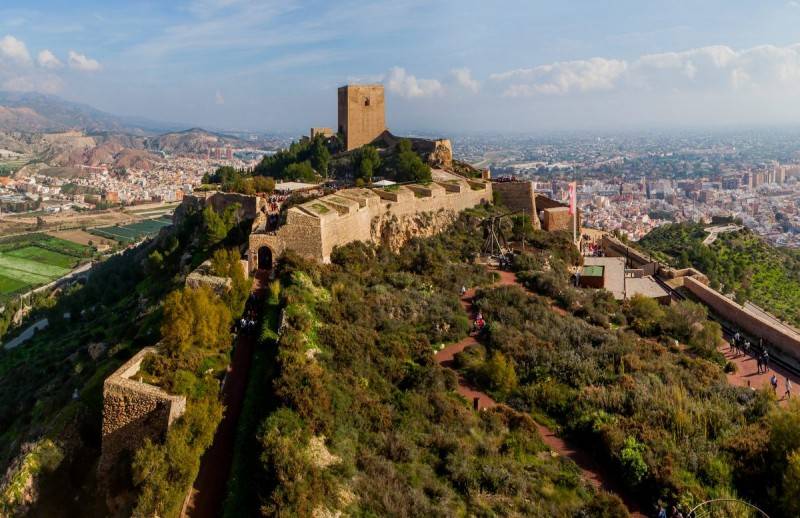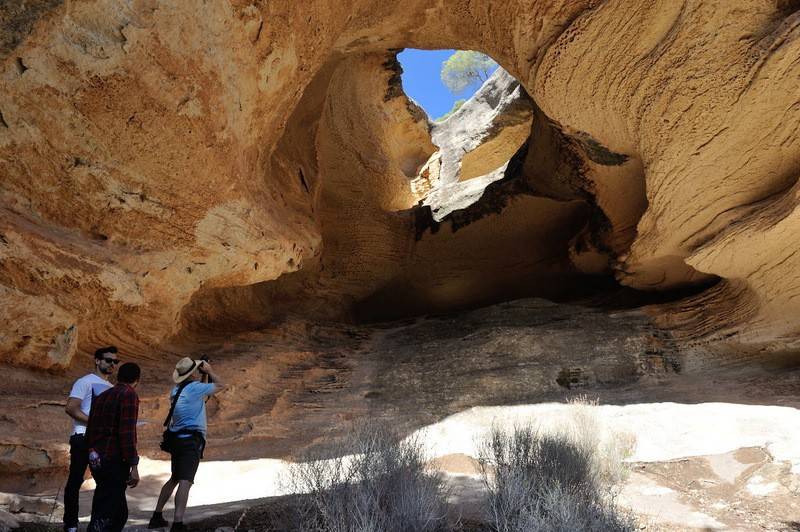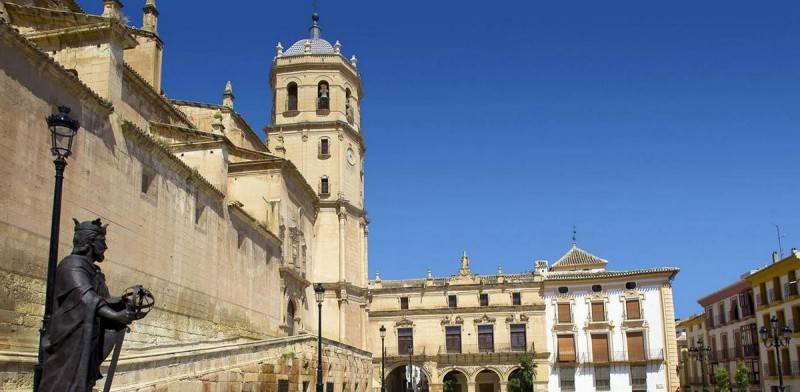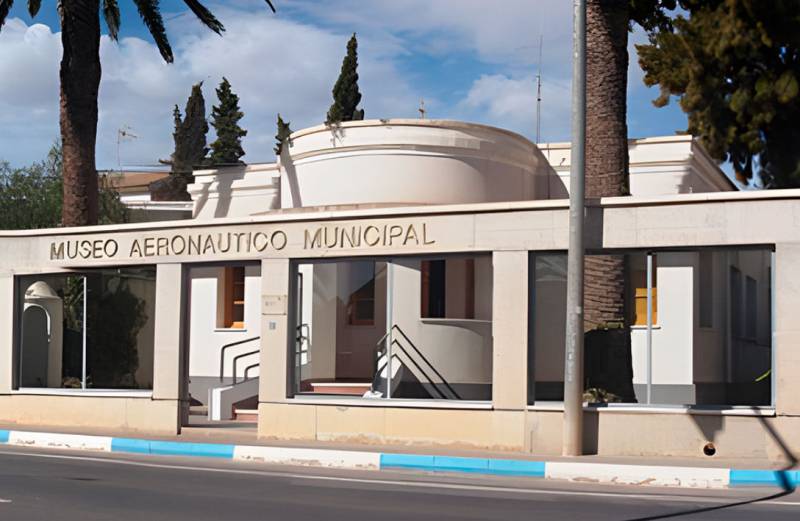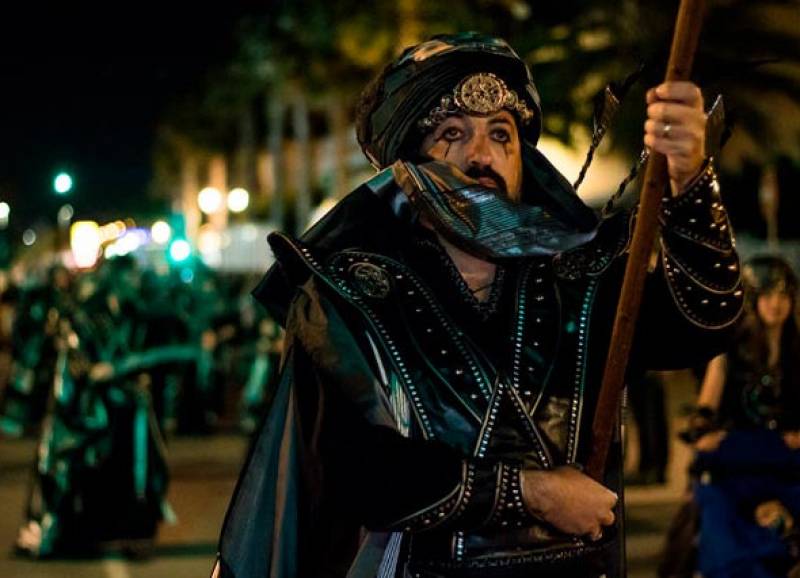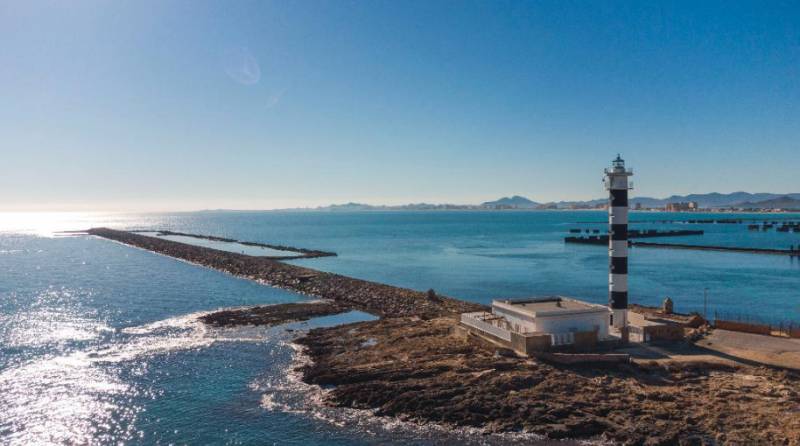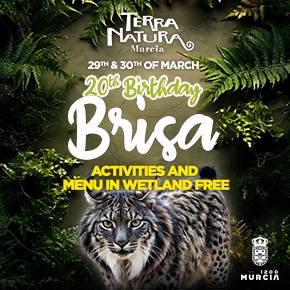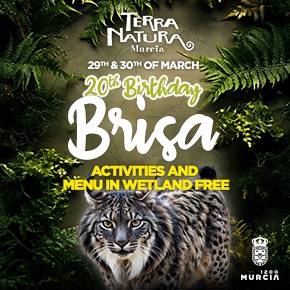

Guidelines for submitting articles to Mazarron Murcia
Hello, and thank you for choosing Mazarron Murcia to publicise your organisation’s info or event.
Mazarron Murcia is a website set up by Murcia Today specifically for residents of the urbanisation in Southwest Murcia, providing news and information on what’s happening in the local area, which is the largest English-speaking expat area in the Region of Murcia.
When submitting text to be included on Mazarron Murcia, please abide by the following guidelines so we can upload your article as swiftly as possible:
Send an email to editor@spaintodayonline.com or contact@murciatoday.com
Attach the information in a Word Document or Google Doc
Include all relevant points, including:
Who is the organisation running the event?
Where is it happening?
When?
How much does it cost?
Is it necessary to book beforehand, or can people just show up on the day?
…but try not to exceed 300 words
Also attach a photo to illustrate your article, no more than 100kb

11 unmissable sights to see during Holy Jubilee Year in Caravaca de la Cruz
A magical history tour of Caravaca for religious and non-religious visitors alike!
 With Easter Week about to start and most towns and cities in the Region of Murcia about to begin an exhaustive program of Semana Santa processions blending religious devotion, tradition, spectacle, works of art and, in some cases, loud drumming, there is no more appropriate place to indulge in a little religious sightseeing than Caravaca de la Cruz.
With Easter Week about to start and most towns and cities in the Region of Murcia about to begin an exhaustive program of Semana Santa processions blending religious devotion, tradition, spectacle, works of art and, in some cases, loud drumming, there is no more appropriate place to indulge in a little religious sightseeing than Caravaca de la Cruz.
Caravaca is celebrating its 7-yearly Holy Jubilee in 2024, an event which will bring with it a huge influx of visitors, both believers in the Catholic faith (performing their penitent pilgrimages to the Holy City) and non-believers, enjoying the plethora of old churches and monuments which bear witness to the importance over the centuries of the relic of the True Cross which is housed in the castle-basilica.
In the light of this, the regional tourist board of Murcia (ITREM) suggests the following sightseeing spots on a tour of Caravaca, and whether you are motivated by religious fervour or not they make this a great destination to steep yourself in the history and traditions of this most Catholic of cities!
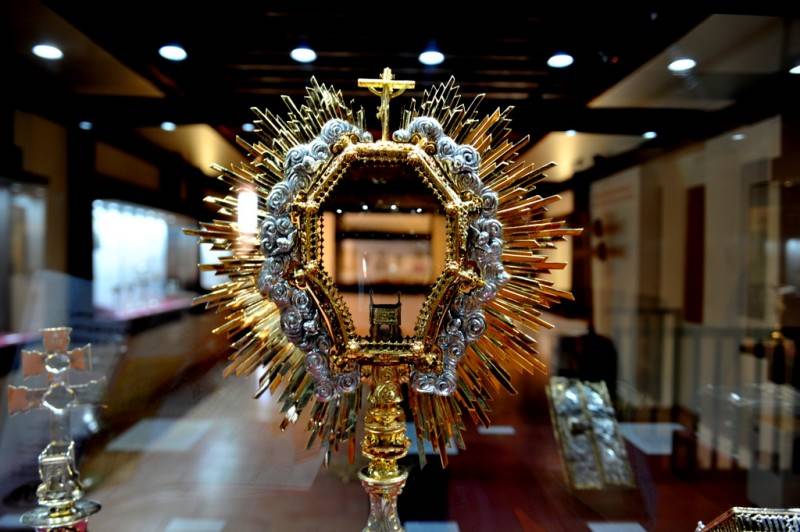 Many of the churches are open far more regularly to members of the public during Jubilee Year, and the only request is that those who do not share the Catholic faith should of course respect those who do, and who may be visiting the sites listed below in prayer.
Many of the churches are open far more regularly to members of the public during Jubilee Year, and the only request is that those who do not share the Catholic faith should of course respect those who do, and who may be visiting the sites listed below in prayer.
The first stop, and an unmissable visit, is the Basílica-Santuario de la Vera Cruz, the epicentre of the spiritual life of Caravaca and home to the “lignum crucis”, a fragment of the cross on which Christ was crucified which appeared in the city in the 13th century. As well as visiting the church, it is possible to take a tour of the complex and the museum exhibits on display, a fascinating experience and one which helps to understand the deep-rooted nature of the religious beliefs associated with the sanctuary.
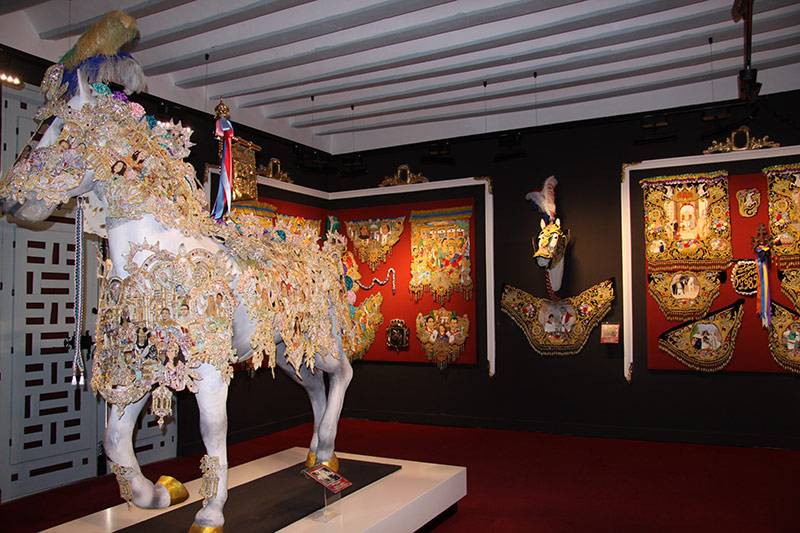 Next on the tour is the Casa-Museo Caballos del Vino, devoted to the highlight of the annual fiestas in early May: the Running of the Wine Horses. Again, the fiestas are rooted in religion, but the exhibits in the museum display all the colour and spectacle of this unique and spectacular event!
Next on the tour is the Casa-Museo Caballos del Vino, devoted to the highlight of the annual fiestas in early May: the Running of the Wine Horses. Again, the fiestas are rooted in religion, but the exhibits in the museum display all the colour and spectacle of this unique and spectacular event!
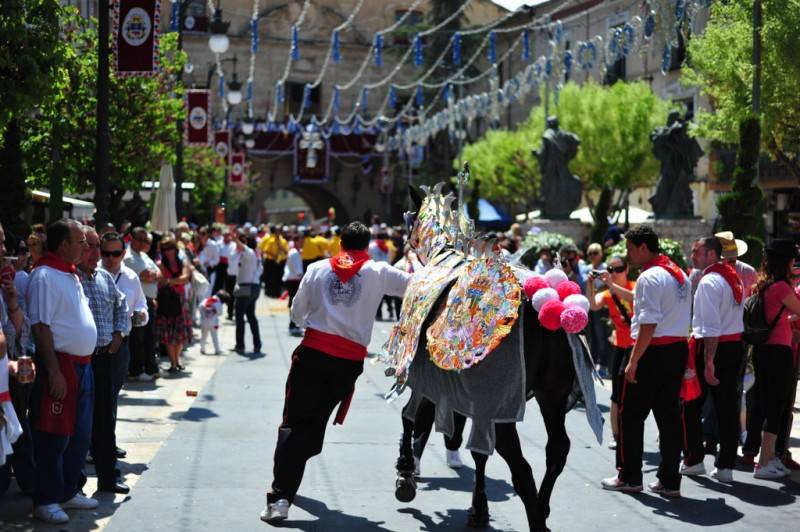 Time now for a visit to the serene church of La Soledad, where you can disconnect for a while from the hustle and bustle of the city centre in an ancient place of worship which is now home to the local archaeological museum, and then it’s on to the Cofradía de la Vera Cruz (the brotherhood of the True Cross): again, there is a curious mix here of solemn religious devotion and joyful celebration.
Time now for a visit to the serene church of La Soledad, where you can disconnect for a while from the hustle and bustle of the city centre in an ancient place of worship which is now home to the local archaeological museum, and then it’s on to the Cofradía de la Vera Cruz (the brotherhood of the True Cross): again, there is a curious mix here of solemn religious devotion and joyful celebration.
The importance of religion in the history of Caravaca is such that many more impressive buildings were constructed as places of prayer or devotion, and these include the monastery of Santa Clara, another oasis of peace in the old centre of the city, and the church of Santa Elena, which blends spirituality with nature and offers panoramic views out over the town and countryside.
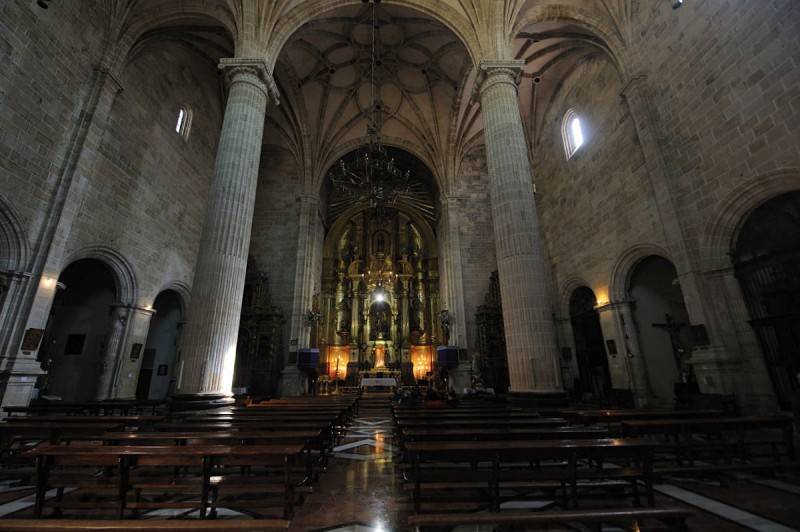 It’s important not to miss the superb church of El Salvador, one of the most important and majestic Renaissance churches in Spain, before heading off the Museo de la Fiesta, another museum devoted to the celebration of the local fiestas, and then to the church of San Sebastián, which has a slightly rustic feel despite its historical importance.
It’s important not to miss the superb church of El Salvador, one of the most important and majestic Renaissance churches in Spain, before heading off the Museo de la Fiesta, another museum devoted to the celebration of the local fiestas, and then to the church of San Sebastián, which has a slightly rustic feel despite its historical importance.
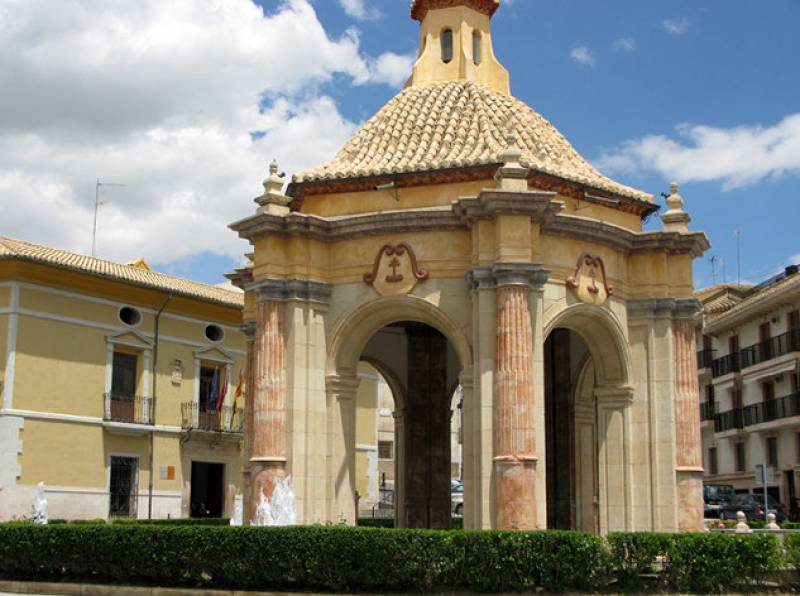 Nearing the end of the trip, head for the Templete del Vino, the perfect spot for an unforgettable photo of your visit to Caravaca, and time to make your way to the Plaza del Arco for a coffee, a bite to eat and, almost inevitably, a chance to buy souvenir Caravaca crosses – these are said to bring good health and ward off ill fortune, although one take on this belief is that it is even more effective if you receive it as a gift!
Nearing the end of the trip, head for the Templete del Vino, the perfect spot for an unforgettable photo of your visit to Caravaca, and time to make your way to the Plaza del Arco for a coffee, a bite to eat and, almost inevitably, a chance to buy souvenir Caravaca crosses – these are said to bring good health and ward off ill fortune, although one take on this belief is that it is even more effective if you receive it as a gift!
Source: ITREM
Oficina de Turismo de Caravaca de la Cruz
 More information about the places of interest which can be visited in the municipality of Caravaca de la Cruz, along with what's on and local news can be found in the Caravaca Today.
More information about the places of interest which can be visited in the municipality of Caravaca de la Cruz, along with what's on and local news can be found in the Caravaca Today.
Caravaca de la Cruz, in the north-west of the Region of Murcia, is one of only 5 Holy Cities in the Roman Catholic world, a centre of pilgrimage, along with Rome, Jerusalem, Santiago de Compostela and Santo Toribio de Liebana, and is home to the Cross of Caravaca, the Vera Cruz.
The status of Holy City was bestowed by Pope John Paul II in 1998, granting the City a Permanent Jubilee year every 7 years for perpetuity, the first one held in 2003 and the next in 2024.

The strategic and natural advantages of Caravaca de la Cruz have attracted the attention of settlers for more than 800,000 years, the Cueva Negra yielding remains of Homo Heidelbergensis, forbears of the Neanderthals and the municipality also houses important archaeological remains from the Argaric, Iberian and Roman cultures. many of these can be seen in the Municipal Archaeological Museum.
 As a border town caught between the Catholic forces of Castille and the last remaining Moorish stronghold in Spain, Granada, Caravaca had a turbulent medieval history, but it was during this period that the legend of the Cross of Caravaca was born, bringing the religious orders which shaped the structure of Caravaca today, with its impressive hilltop castle and eclectic collection of churches and monasteries, religious tourism today being a backbone of the town´s economy.
As a border town caught between the Catholic forces of Castille and the last remaining Moorish stronghold in Spain, Granada, Caravaca had a turbulent medieval history, but it was during this period that the legend of the Cross of Caravaca was born, bringing the religious orders which shaped the structure of Caravaca today, with its impressive hilltop castle and eclectic collection of churches and monasteries, religious tourism today being a backbone of the town´s economy.
Caravaca de la Cruz is a municipality with important natural resources, including extensive forests, part of which have protected status due to their wealth of flora and fauna, and due to the abundant water supplies is also a major area for canned fruit production, apricots in particular being an important crop.
 Caravaca is renown for its important May Fiestas, held in honour of the Vera Cruz, which also incorporate the Moors and Christians celebrations and the Running of the Wine Horses.
Caravaca is renown for its important May Fiestas, held in honour of the Vera Cruz, which also incorporate the Moors and Christians celebrations and the Running of the Wine Horses.
Caravaca de la Cruz is also the home of Europe´s largest collection of ethnic instruments at Barranda, the Museo de Música Étnica Barranda and is the location of the Barranda festival de Cuadrillas, which celebrates the Region's ethnic music traditions.
The municipality is home to around 26,000 inhabitants and shares boundaries with Moratalla, Cehegín, Lorca, Puebla de Don Fadrique in the province of Granada and Vélez-Blanco in the province of Almería.
Opening times:
Weekdays: 10.00 to 14.00 and 16.30 to 19.30
Saturdays: 10.30 to 14.00 and 16.30 to 19.30
Sundays and public holidays: 10.30 to 14.00
Click for map, Caravaca de la Cruz Tourist Office



